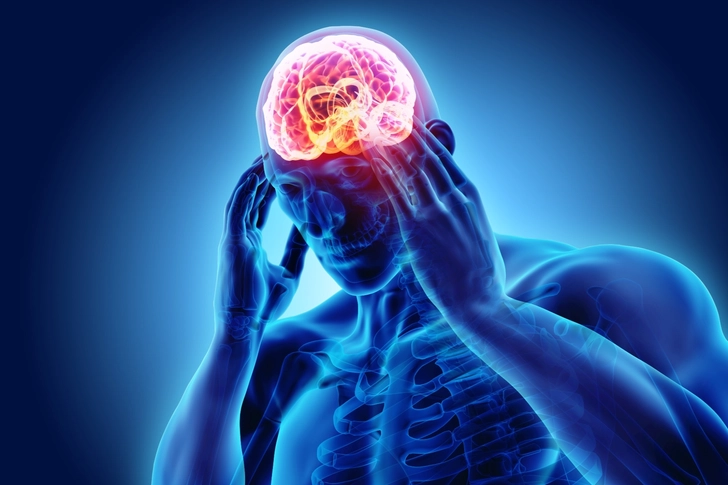- Headaches Overview
- Migraine
- Cluster & Tension Headaches
- Other Types of Headaches
- Appointment Prep
- View Full Guide
Understanding Acute Migraine Treatment Options


Understanding Acute Migraine Treatment Options
Taking medication for your migraines the moment you feel pain or have a symptom (such as seeing an aura) is what doctors call acute treatment. If you have migraines, you have many options to ease your pain.


Triptans
These prescription drugs help block pain and affect the nerves and blood vessels involved in migraine. Generally, they're also a fast-acting option for migraines. Your doctor may recommend you take a triptan with an NSAID for a more effective treatment.

CGRP Antagonists
During a migraine, you have high blood levels of calcitonin gene-related peptide (CGRP). CGRP antagonists are a new class of drugs that block the effects of CGRP. It is an option if triptans don't work for you or if you can't take triptans because of a history of heart disease or stroke.

Other Medication Choices
Some migraines might need different treatments, such as ergots (for example, dihydroergotamine), 5-HT agonists (such as lasmiditan), or combination pills that include ingredients such as acetaminophen, aspirin, and caffeine. For very severe cases, corticosteroids could help, and anti-nausea meds might make it easier for other medications to be absorbed.

Alternative Treatments
If medications don't work, devices that use electrical or magnetic stimulation (neuromodulation) could be an option. These treatments are noninvasive and might provide relief without medicine.
PHOTO CREDENTIALS
Slide 1 - Prostock-studio/Shutterstock
Slide 2 - Gorodenkoff/Shutterstock
Slide 3 - MDGRPHCS/Shutterstock
Slide 4 - Juan Gaertner/Shutterstock
Slide 5 - Prostock-studio/Shutterstock
Slide 6 - Marcos Casiano/Shutterstock
SOURCES
Anne H. Calhoun, MD, partner/co-founder, Carolina Headache Institute, Chapel Hill, NC.
American Headache Society: "Acute Migraine Treatment."
American Academy of Neurology: "Pharmacological Management of Acute Attacks."
The Journal of Head and Face Pain.
American Family Physician.
Current Pain and Headache Reports.
UpToDate: "Acute treatment of migraine in adults," "Lasmiditan: Drug information," "Migraine with brainstem aura (basilar-type migraine)," "Patient education: Migraines in adults (Beyond the Basics)."
American Migraine Foundation: "Hemiplegic Migraine," "Spotlight On: Neuromodulation Devices for Headache," "Non-Steroidal Anti-Inflammatory Drugs (NSAIDs) for Acute Migraine Treatment."
Mayo Clinic: "Celecoxib (Oral Route)."